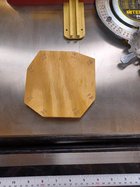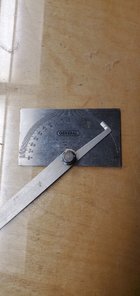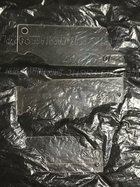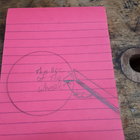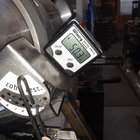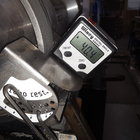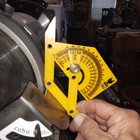After first making my robo rest, when trying the 40 degree setting, it just 'felt' too pointy/acute, so I sharpened at 45 degrees, and that felt perfect. Years later, I compared my 40/40 to another turner and they matched almost perfectly. No clue as to why the angles vary like that, after all, it is a protractor, and the design worked on paper...... I did discover that there is a slight difference in the bevel angle depending on how thick the tool is. A 1/4 inch gouge will have a slightly different bevel angle than a 5/8 or 3/4 gouge. That happens because the platform is set to zero at the center height of the axle on the grinder.
I do like the 40 degree setting for a small detail gouge, so it is actually about 35 degrees....
Can't wait to see what the new and improved version is going to look like. Still no firm dates on when. The original accomplished what I wanted with repeatable set angles.
Oh, John, your platform is very close to the wheel. There should be an 1/8 inch gap between the wheel and the cut out in the platform. Yours is one of the first run rests. The second run was all stainless steel.
robo hippy

